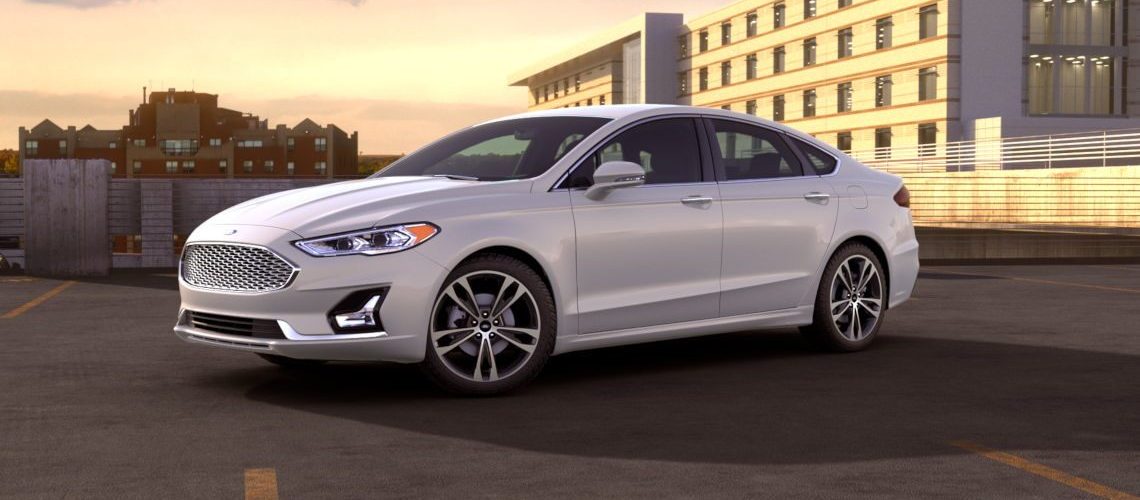How to Track and Reduce Expenses as a Rideshare Driver
As a rideshare driver, keeping a close eye on your expenses is crucial to maximizing your earnings. With fluctuating fuel prices, vehicle maintenance costs, and platform fees, it’s easy for profits to dwindle if you’re not careful. By tracking and reducing expenses effectively, you can take control of your financial success.
Here’s a guide to help you manage your expenses and boost your bottom line:
1. Track All Expenses
The first step in reducing costs is knowing exactly where your money is going. Start by tracking every expense related to your rideshare work.
Tools for Tracking:
- Expense Tracking Apps: Apps like Everlance, Hurdlr, or QuickBooks Self-Employed make it easy to record expenses and mileage.
- Spreadsheet: Maintain a simple Excel or Google Sheets file to log your costs.
- Receipts: Keep physical or digital copies of receipts for fuel, maintenance, and other expenses.
Key Categories to Track:
- Fuel
- Vehicle maintenance and repairs
- Insurance
- Platform fees (Uber/Lyft commissions)
- Car washes/cleaning
- Parking and tolls
- Phone data and accessories
2. Optimize Fuel Costs
Fuel is often the largest expense for rideshare drivers. Reducing fuel consumption can significantly impact your earnings.
Tips:
- Drive Efficiently: Avoid aggressive acceleration and braking, which consume more fuel.
- Use Gas Reward Programs: Apps like GasBuddy or loyalty programs at gas stations can help you save on fuel.
- Choose the Right Vehicle: If renting or buying a car, opt for fuel-efficient or hybrid models to lower fuel costs over time.
3. Stay on Top of Maintenance
Regular vehicle maintenance prevents costly breakdowns and keeps your car running efficiently.
Maintenance Checklist:
- Schedule oil changes and tire rotations regularly.
- Check tire pressure frequently to improve gas mileage.
- Address minor issues promptly to avoid larger, more expensive repairs.
Pro Tip:
Look for discounts or coupons at local auto shops or chain stores like AutoZone or Jiffy Lube.
4. Leverage Tax Deductions
Rideshare drivers are self-employed, which means you can deduct business-related expenses from your taxes.
Deductible Expenses:
- Mileage: Track your miles driven for work and use the IRS standard mileage rate.
- Vehicle costs: Includes depreciation, fuel, maintenance, and insurance.
- Phone bills: A portion of your phone and data plan costs can be deducted.
Tip: Consult a tax professional to maximize deductions and ensure compliance.
5. Reduce Idle Time
Unproductive time on the road leads to higher fuel costs and wear and tear without added income.
Strategies:
- Use Heat Maps: Apps like Uber and Lyft provide demand heat maps to position yourself in high-demand areas.
- Plan Your Schedule: Drive during peak hours when demand (and fares) are higher.
- Stack Rides: Accept trips that align with your current route to minimize empty miles.
6. Invest in Rideshare-Friendly Insurance
Standard car insurance often doesn’t cover rideshare activities. Opt for rideshare insurance to avoid costly out-of-pocket expenses in case of an accident.
Savings Tip:
Shop around for policies and compare rates from multiple insurers. Some platforms also offer insurance programs that can save you money.
7. Minimize Platform Fees
While Uber and Lyft take a percentage of your fares as commissions, you can maximize your earnings by being strategic.
Tips:
- Focus on Surge Pricing: Drive during high-demand times to earn higher fares.
- Choose Efficient Routes: Use GPS apps like Waze or Google Maps to reduce mileage and time spent on trips.
- Stay Updated on Promotions: Participate in platform promotions and bonus programs to boost your earnings.
8. Consider Vehicle Rentals or Leases
For drivers who don’t want to use their own vehicle, renting can be a cost-effective option—especially if maintenance and insurance are included.
What to Look For:
- Unlimited mileage options.
- Rentals that meet rideshare platform requirements.
- Affordable weekly rates with transparent pricing.
Tip: LA Elite Rentals offers rideshare-ready vehicles with flexible terms, perfect for drivers in Los Angeles.
9. Bundle Your Services
Maximize your vehicle usage by combining rideshare with other services like delivery (e.g., Uber Eats, DoorDash). This reduces downtime and increases overall earnings per shift.
10. Evaluate Your Costs Regularly
Periodically review your expenses and earnings to identify areas for improvement. Use insights from your tracking tools to make informed decisions and adjust your strategy.
Final Thoughts
By tracking and reducing your expenses as a rideshare driver, you can significantly improve your profit margins. Small changes in fuel usage, maintenance habits, and work strategy can add up to big savings over time. Start implementing these tips today to take control of your finances and drive your success.
Ready to Optimize Your Rideshare Journey?
At LA Elite Rentals, we offer affordable, rideshare-ready vehicles with unlimited mileage, insurance included, and maintenance covered. Contact us today to find the perfect car and start saving more while you earn. Call us at (310) 943-7695 or visit our website to learn more!


